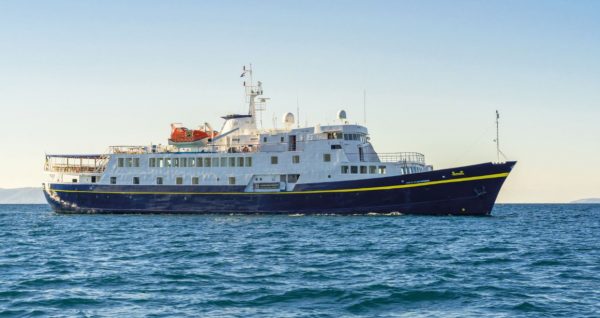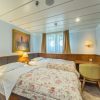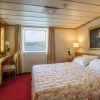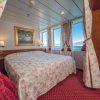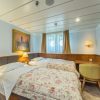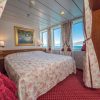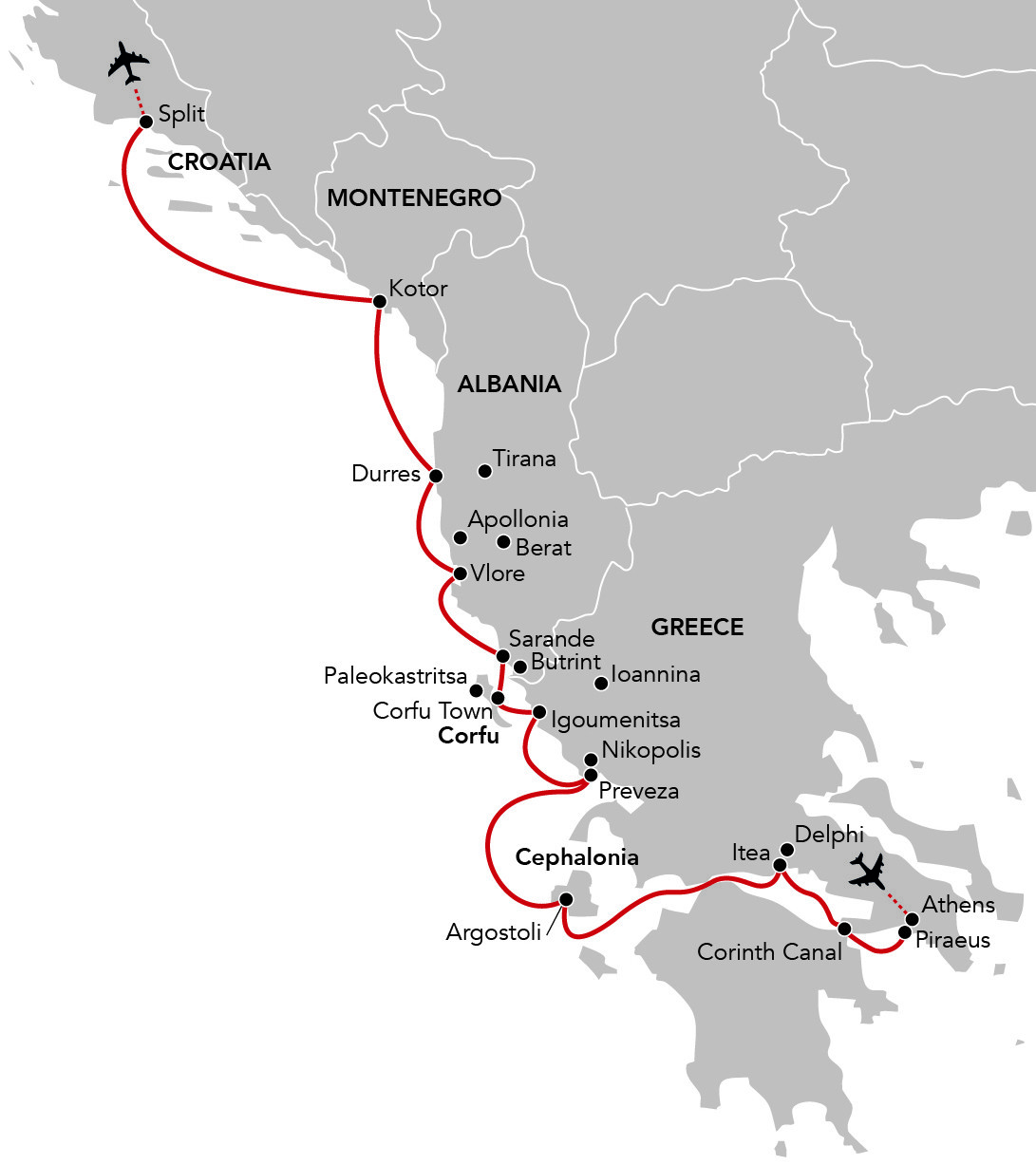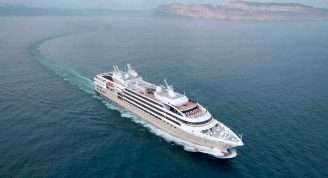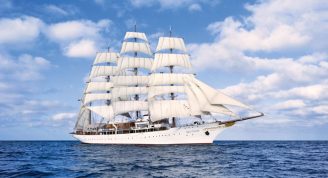Description
” I have always loved Edward Lear’s landscape paintings and drawings. When I think of an area or place in Greece or the Balkans often the first image I see in my mind’s eye is one of Lear’s paintings. He magically captures the very essence of the place and time in a way photographs rarely do. Not only a great artist, he was also the master of the pen and during this voyage, the talks on board will not only be illustrated with his paintings but with extracts from his journals and letters, especially the delightfully light-hearted ones to his sister Ann. His words and images from over 150 years ago are still as meaningful and fresh today and will add a welcome dimension to our travels through remarkable landscapes and historic sites.
Our journey will take us to many of the places he visited, some still looking much the same as he encountered where we can share his moods, feelings and humour. The splendid legacy of his paintings and drawings can be seen as all the more remarkable considering that throughout his life he suffered from chest complaints, epileptic fits, poor eyesight and depression. Added to this he had to contend with a fear of horses and often severe sea-sickness but through all trials, he was at his best whilst on the move. A troubled soul, but undoubted genius, he was an English eccentric of the very best kind.
Lear, like Byron, was captivated by the rugged beauty of Albania and in particular the daily life and bazaars. His landscapes of the Ionian Islands illustrate his brilliance in portraying nature and in the mountains and ancient sites he showed his unique talent at its best.
Join us aboard the MS Monet in the good company of George Hart (2020) & Tim Stimson (2021), great enthusiasts of Edward Lear and renowned classicist as we journey through Greece, its islands and along the coasts of Albania and Montenegro.


